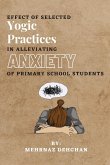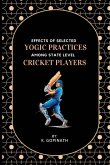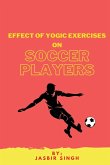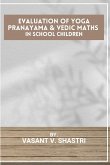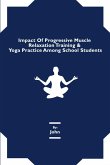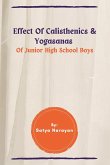Physical education is a body-oriented discipline based on scientific facts and principles. It provides knowledge about the physiological effects of activity, the mechanical efficiency of motor skills, the psychological effects of participation, the sociological implications, the aesthetic aspect of movement, and the therapeutic value of exercise. Biological, physiological, psychological, and sociological aspects of growth and development are the central focus of Physical Education. Wealth can be inherited and transferred, but health is to be earned through proper habits of daily life. The word health can be defined as a state of being physically fit, mentally alert, socially sound, emotionally balanced, and spiritually enriched, and not merely free from disease.One of the most important aspects of health-related fitness is the aerobic capacity or the Cardiovascular endurance of an individual. Aerobic capacity can be defined as the ability to take in, transport, and utilize oxygen efficiently. Since aerobic fitness involves so many important organs and systems, it tells much about the health of these components and about health in general. Therefore, when aerobic fitness is high, physical and mental health is enhanced. Aerobic exercise is any rhythmic activity maintained continuously for a period of time that uses a large muscle group. Common examples of aerobic exercise include walking, jogging/ running, swimming, rowing, stair climbing, bicycling, cross-country skiing, step, and dance exercise, roller-skating, and the more continuous forms of tennis, racquetball, and squash.


